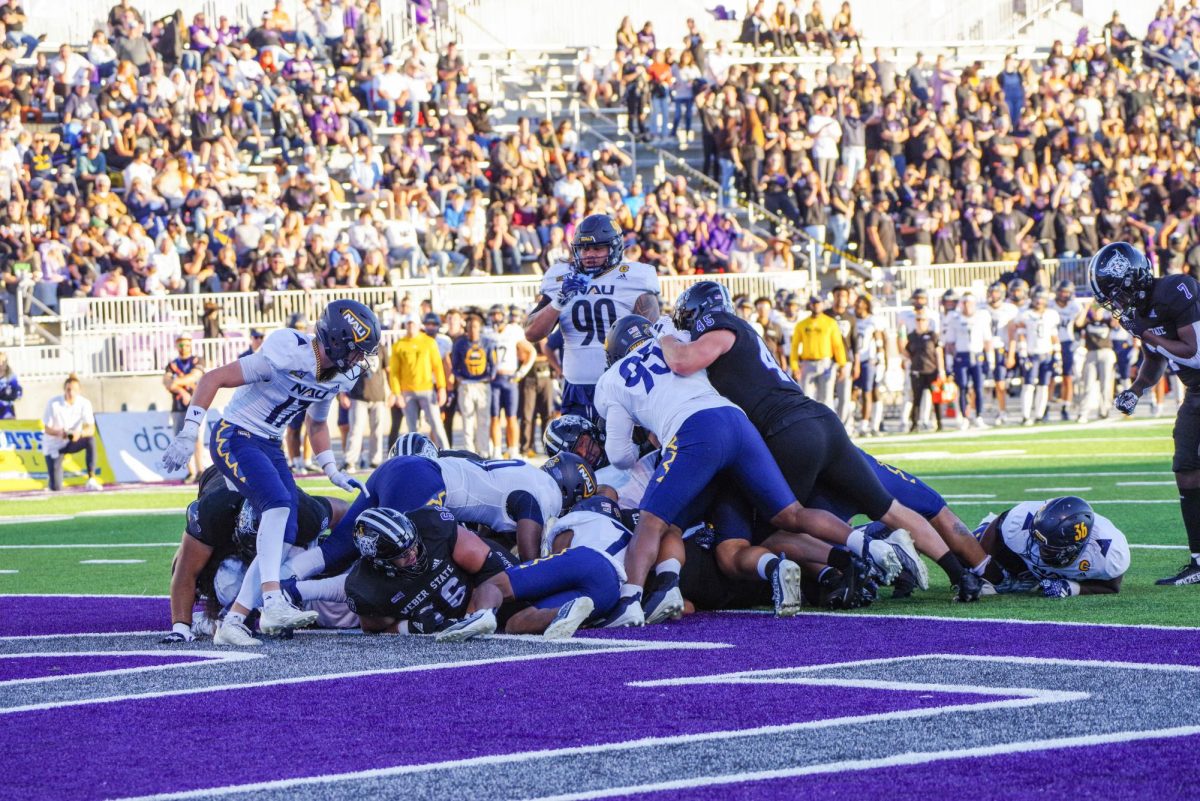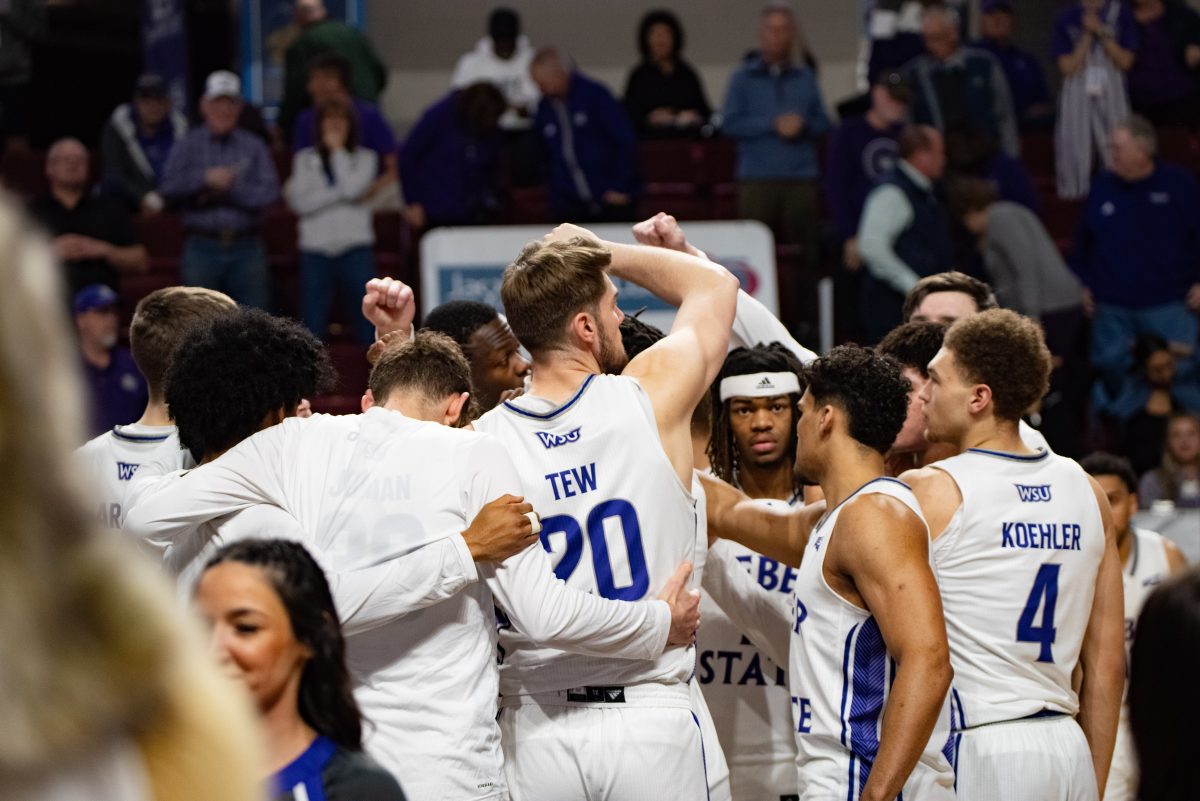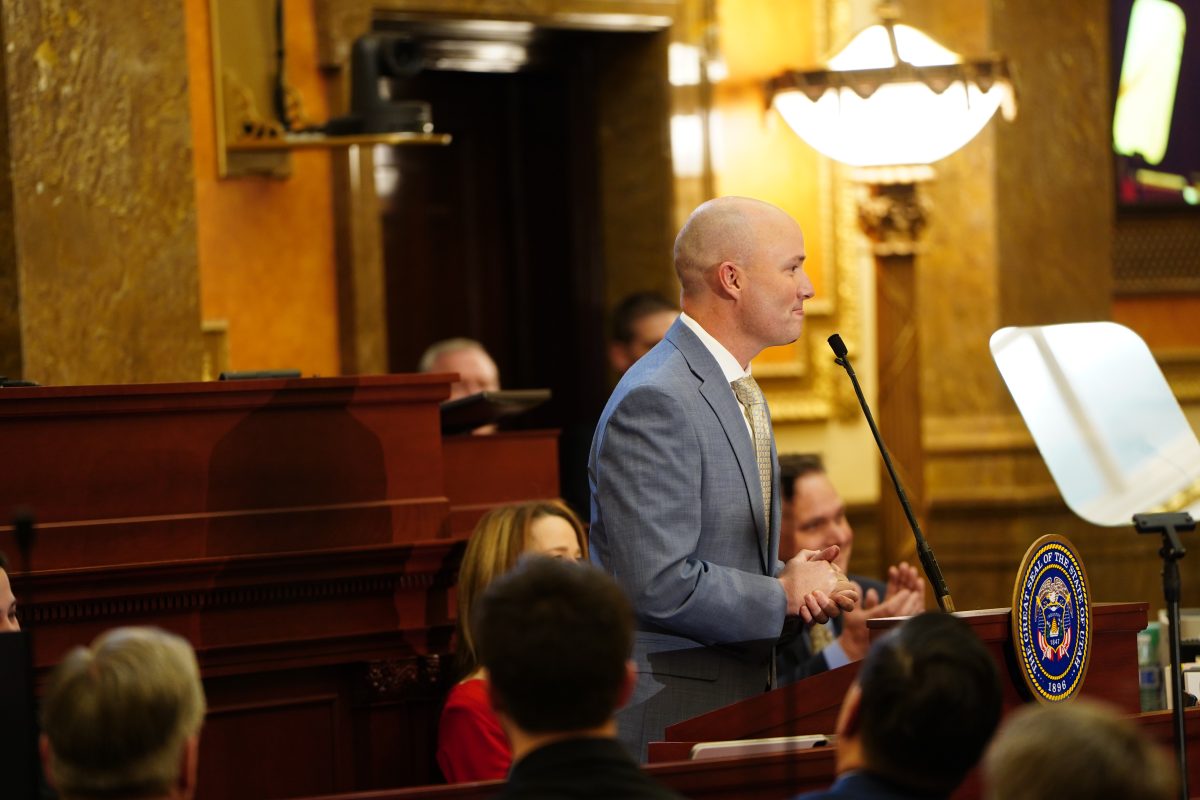
Utah is home to some of the best snow on earth, but before gearing up to hit the slopes, knowing how to avoid an avalanche is vital to not only to your safety but to that of those around you.
Destructive avalanches occur when large slabs of snow break off a mountainside of fresh snow and cascade down the mountain. These rapid snow slides can reach speeds of 80 miles per hour within the first five seconds.
Avalanches are most common after a large snowstorm that dumps more than a foot of snow on the mountains, causing weaker layers underneath to crack and give in to the significantly higher pressure.
While avalanches happen whether we can help it or not, the National Geographic reported that 90 percent are triggered by the victim or someone in the victim’s party.
Staying up to date on avalanche warnings from local websites is helpful, but those trenching the backcountry, either alone or with a group, should always use caution.
The American Institute for Avalanche Research and Education (AIARE) is a non-profit educational organization that offers curriculum for avalanche courses based off the standards of the American Avalanche Association.
Each year, Weber State’s Outdoor Program offers a series of three courses. The name of the series is called Decision Making in Avalanche Terrain. Each course is taught by a certified instructor.
This winter, the first course offered in the series is the AIARE 1 course, which will be held Jan 12–14.
Jamie Bernstein, assistant coordinator of the Outdoor Program, said this year, depending on weather conditions, there will be portions taught on campus, as well as the outdoors.
The main objective of the course is to help prepare people to safely and strategically travel through territory prone to avalanches.
“This course focuses a lot on the risk management process that recreational backcountry skiers can go through to help make sure that we can be as objective as possible with our decision making,” Bernstein said, “and that we are effectively communicating with our team members to make sure that we’re not getting ourselves or each other in trouble.”
Bernstein said while the majority of avalanches are avoidable, the reason people get into trouble is because they make poor decisions in the moment.
By the end of the course, the hope is that those participating will have learned how to effectively look for and avoid dangerous situations while still enjoying the stunning mountains.
“The goal is for them to have the knowledge and skills to travel in the mountains in the winter time and to avoid getting caught in an avalanche,” Bernstein said.
The three courses Weber State offers are AIARE levels 1 and 2, which educate participants to be better team members or leaders, and the AIARE Rescue Skills course, which teaches people how to navigate dangerous situations.
Each course is open to anyone in the community, but Weber State students are entitled to a 30 percent discount on all listed prices.
Although these courses are voluntary and can be taken anytime, Bernstein recommends not taking all of the courses in the same season but rather taking the first two classes to develop the skillset and practice for at least one to three seasons before progressing to a level-2 course.
For more information, visit the Outdoor Program’s webpage at weber.edu/outdoor.




